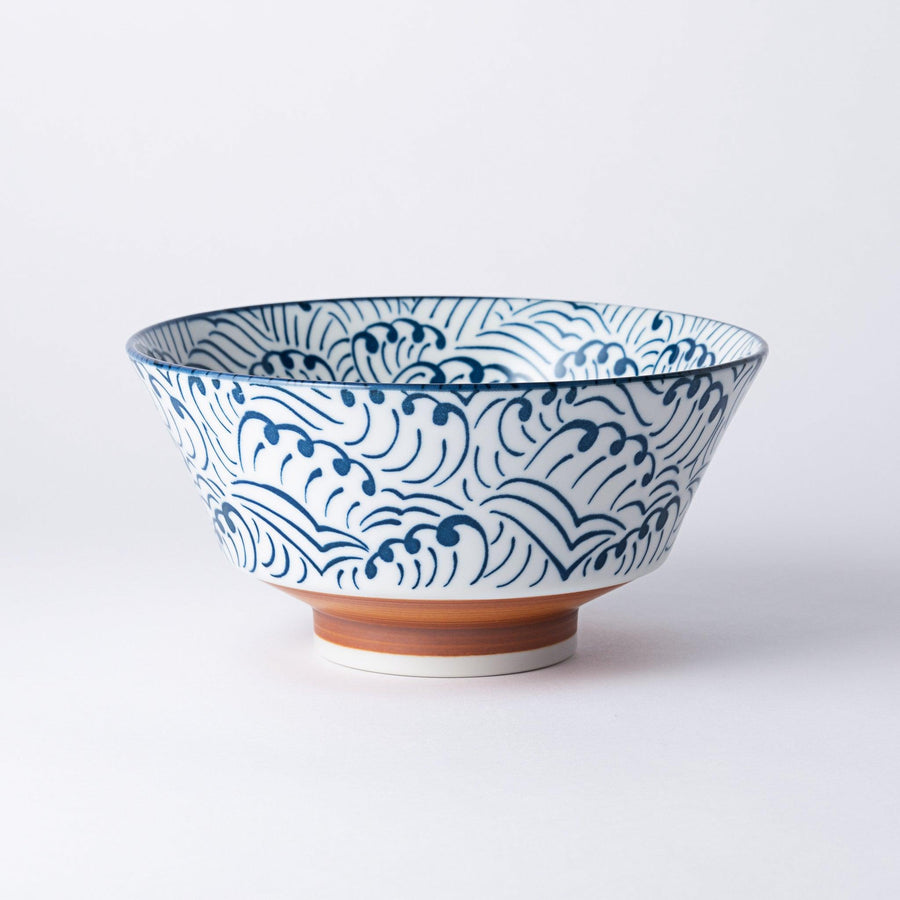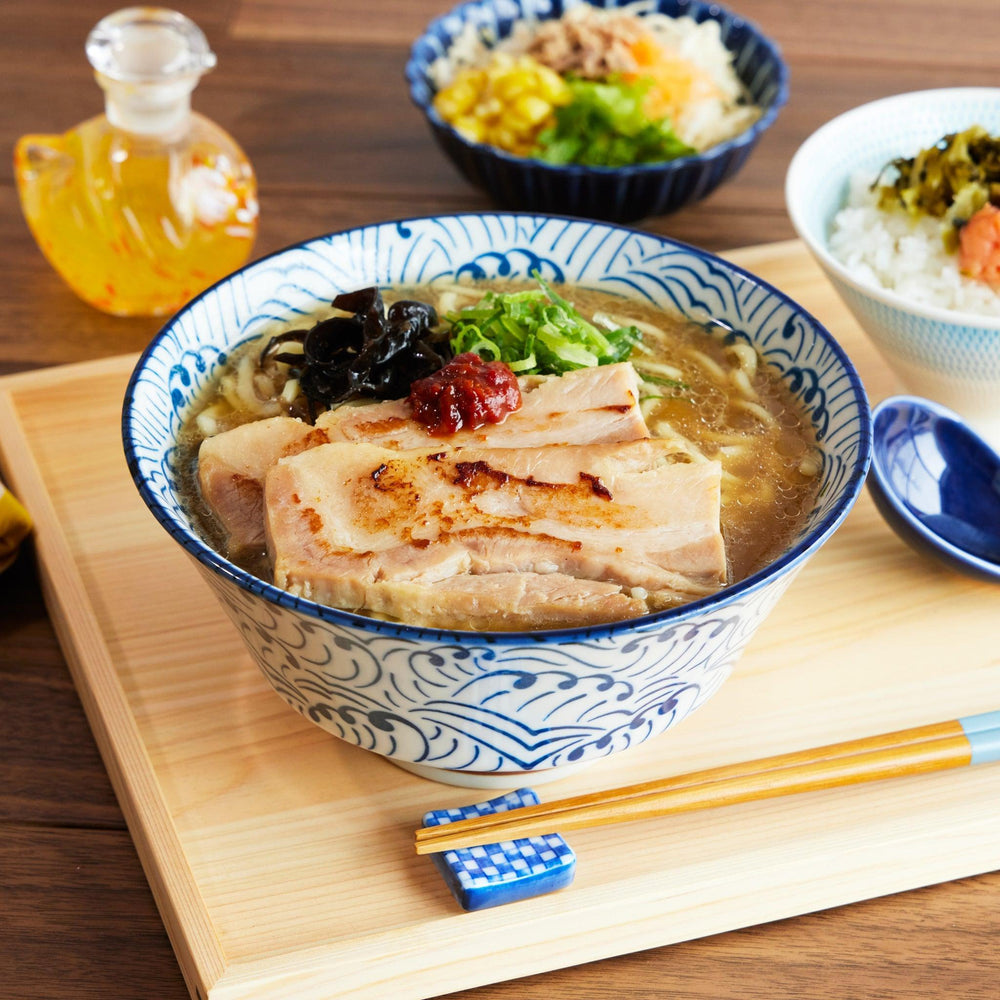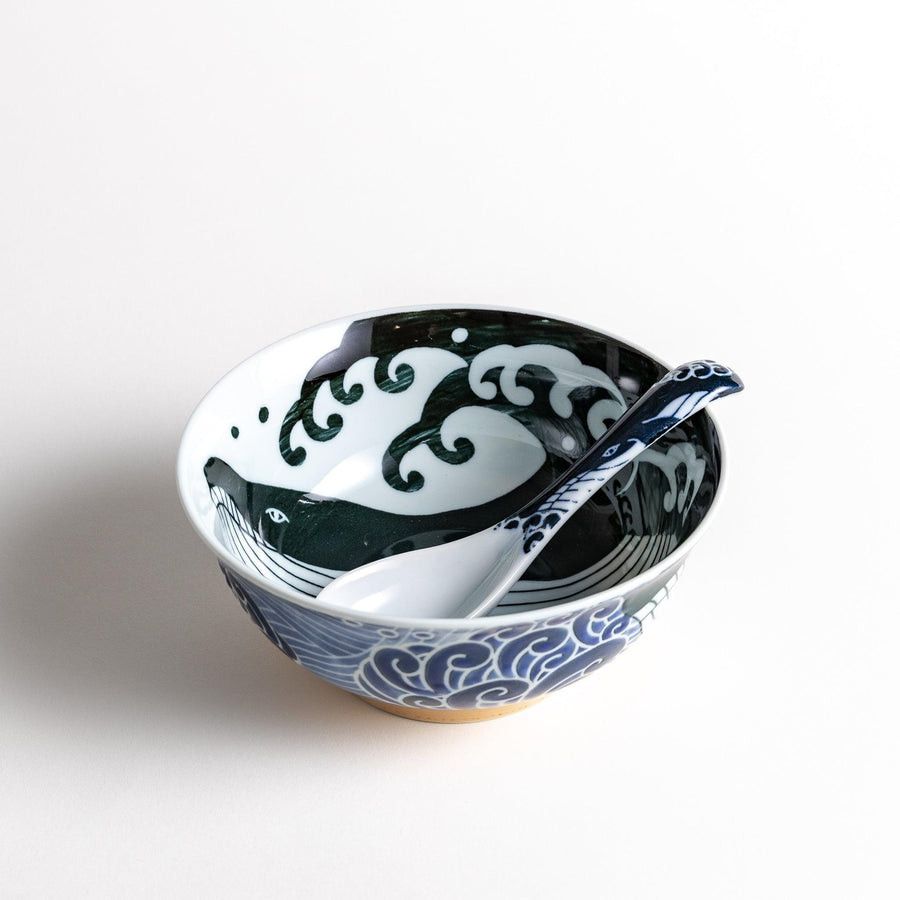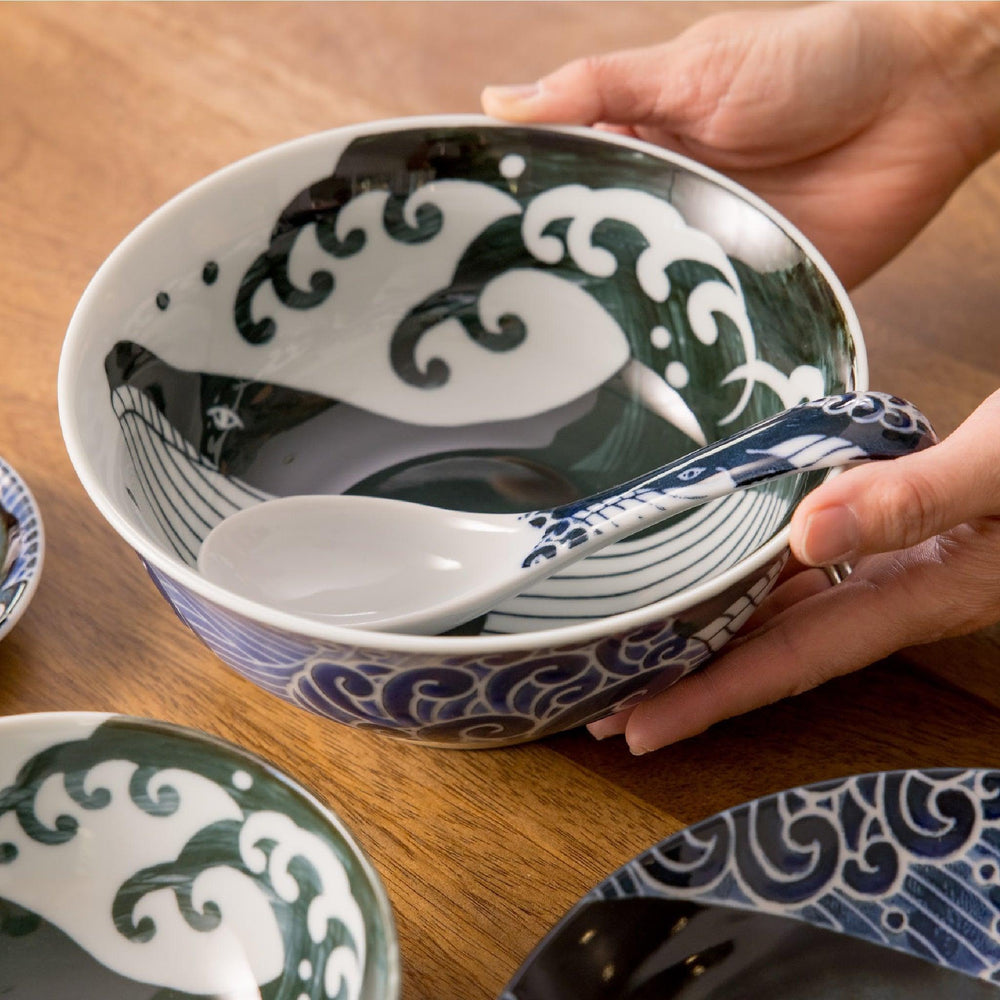How Tosaryu Hinoki Cutting Boards Are Made: Craftsmanship Rooted in Nature

When we first discovered the Tosaryu 四万十ひのき極め “一枚板” cutting boards, we were immediately drawn to their clean lines, smooth finish, and warm hinoki scent. But it wasn’t just about aesthetics—what impressed us most was Tosaryu’s deep commitment to environmental stewardship and traditional woodworking.
Each hinoki cutting board is more than just a kitchen tool. It’s a story of Japanese forestry, craftsmanship, and sustainable living.

Sustainable Harvesting in the Forests of Kochi
Tosaryu is based in Yusuhara Town, a mountainous area in Kochi Prefecture blessed with pristine forests and the famed Shimanto River. Their hinoki cutting boards begin life in these forests, where trees are selectively harvested with an approach rooted in satoyama principles—a philosophy of coexisting with nature.
Only hinoki trees that are at least 70 years old and have reached maturity are used, ensuring the wood is dense, stable, and full of character. Because the forests of Kochi regularly endure powerful typhoons, the trees that grow there develop tighter grain and enhanced strength, making them exceptionally durable for tools like cutting boards.
Tosaryu works closely with local forestry associations to replant two trees for every one harvested—and not just for the next generation. Their long-term forestry plan is designed to think three or four generations ahead, ensuring that future artisans and communities can continue to benefit from these forests just as we do today.
This slow, thoughtful approach reflects a profound respect for the land and the resources it provides. The result? A hinoki cutting board that reflects both environmental care and generations of woodworking wisdom.

From Forest to Workshop: The Making of a Hinoki Cutting Board
Once the hinoki logs arrive at Tosaryu’s mill, skilled artisans begin transforming them into cutting boards using methods honed over decades.
Step 1: Careful Selection of the Wood
Only the best sections of the hinoki trunk—free of knots, cracks, or uneven grain—are chosen. This ensures that each hinoki cutting board is made from a single, solid plank (一枚板), without any joints or glue. The natural grain pattern gives every board its own unique personality.
Step 2: Natural Drying
The wood is slowly air-dried over nine months to preserve its integrity and prevent warping. Tosaryu uses no chemical treatments—only the power of sun and wind.

Step 3: Precision Cutting and Planing
Each board is carefully cut to size and meticulously planed to achieve a smooth, even surface. You’ll notice that the cutting boards are slightly thicker than standard boards, giving them greater durability while remaining lightweight.

Step 4: Finishing by Hand
The final step involves fine sanding by hand, rounding the edges, and finishing the surface. This handwork gives each board a softness to the touch and reveals the natural beauty and aroma of the hinoki.
Why Choose Tosaryu Cutting Boards?

Every hinoki cutting board from Tosaryu blends natural durability, knife-friendly softness, and timeless beauty into one elegant essential.
1. Naturally Antibacterial
Hinoki wood contains natural antimicrobial properties, making these boards a hygienic choice for food prep. Even when damp, the surface resists bacterial growth better than plastic or bamboo alternatives.
2. Gentle on Knives
The soft but resilient surface is kind to blade edges, helping your knives stay sharper longer.
3. Lightweight Yet Durable
Despite their thickness, these cutting boards are incredibly light. Hinoki’s low density makes it easy to lift, clean, and maneuver during busy meal prep.
4. Crafted with Purpose
Tosaryu’s cutting boards are made with zero glue and zero chemical coatings, preserving the natural qualities of the wood. They’re built to last and designed to age beautifully with use.

Caring for Your Hinoki Cutting Board
To keep your board in excellent condition:
- Lightly wet the surface before use—this simple step helps prevent staining and lingering odors, especially when cutting strongly colored or aromatic foods like beets, onions, or fish.
- Rinse and dry immediately after use
- Stand upright or on its side to allow airflow
- Avoid soaking in water and never put it in the dishwasher
With simple care, your Tosaryu board will serve your kitchen for years to come.

FAQs about Hinoki Cutting Boards
What is special about hinoki wood?
Hinoki is a Japanese cypress prized for its straight grain, pleasant aroma, antibacterial properties, and resistance to water. It’s been used for centuries in temples, baths, and kitchens.
Are Tosaryu boards really made from a single plank?
Yes. Each board is cut from a single piece of mature hinoki wood—no laminations, no glue. This gives it both strength and a beautiful, seamless appearance.
Is this cutting board safe for all types of food?
Absolutely. The hinoki surface is ideal for fruits, vegetables, meat, and fish. Just make sure to clean it promptly after cutting raw proteins, as with any wooden board.
Your Next Hinoki Cutting Board Starts in the Forest
The Tosaryu Hinoki Cutting Board isn’t just a practical kitchen essential—it’s a piece of forest craftsmanship, carefully shaped by artisans who respect both their materials and the environment. If you value beautiful design, natural materials, and sustainability, this is the kind of board that brings daily joy to your cooking.
Explore the full collection of Tosaryu-crafted hinoki boards at JOC Goods and bring a piece of Japan’s forest heritage into your kitchen.









